Mary, Mary, quite contrary,
How does your garden grow?
Good question – how does your garden grow? If you’re stumped on where to begin planning your vegetable plot, there are a few steps you’ll need to take to figure it out.

We link to vendors to help you find relevant products. If you buy from one of our links, we may earn a commission.
It’s not as daunting as it seems! Each of us has to start somewhere, right?
Let’s talk about what planning looks like, where to begin, and some methods you can use to have a happy harvest! Here’s what we’ll cover:
What You’ll Learn
Where to Start
Every gardener has a different scenario to work with. The size and layout of your space, the vegetables you intend to grow, and the time and effort you can invest will be different from one person to the next.
Taking Stock of Your Garden Area
If you’re starting from the very beginning, the first step in planning is assessing the area you have to work with. Ask yourself some questions as you observe:
Where does your plot receive the most sunlight? Are there shady spots that would be a better choice for shade-loving plants? Make a note of how the sun exposure changes throughout the day.
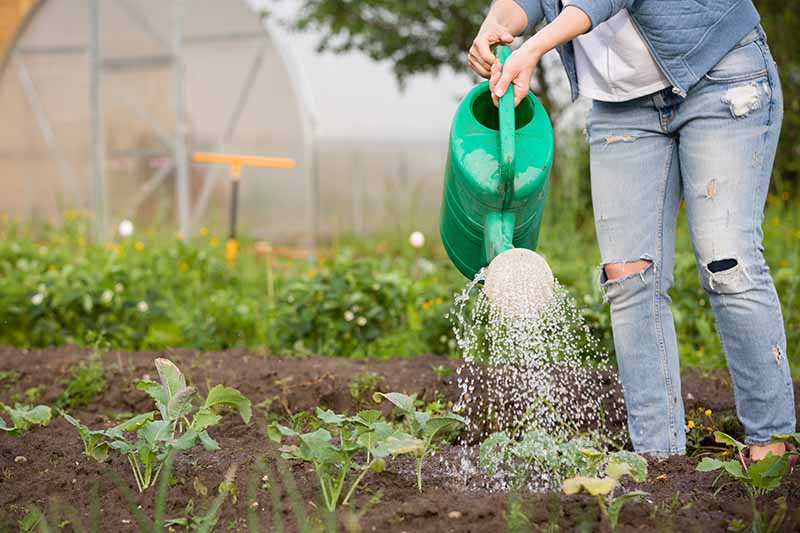
Do you have a slope where water runoff might pool or the ground might remain too wet for some plants to thrive throughout the season?
Have you tested your soil, and will you need to amend it prior to planting?
Are there plants such as trees or bushes that might interfere or compete with certain crops, such as pine trees whose needles create acidity in the soil below? Some species do not make good companions.
Does your region experience harsh weather conditions that you need to plan around for the best chances of success? Keep track of the seasonal temperatures and frost dates for your area to understand the local weather patterns.
How much area do you have to work with? Measure your space for length and width – you’ll need those measurements to calculate how many plants you can comfortably fit without crowding or wasting space.
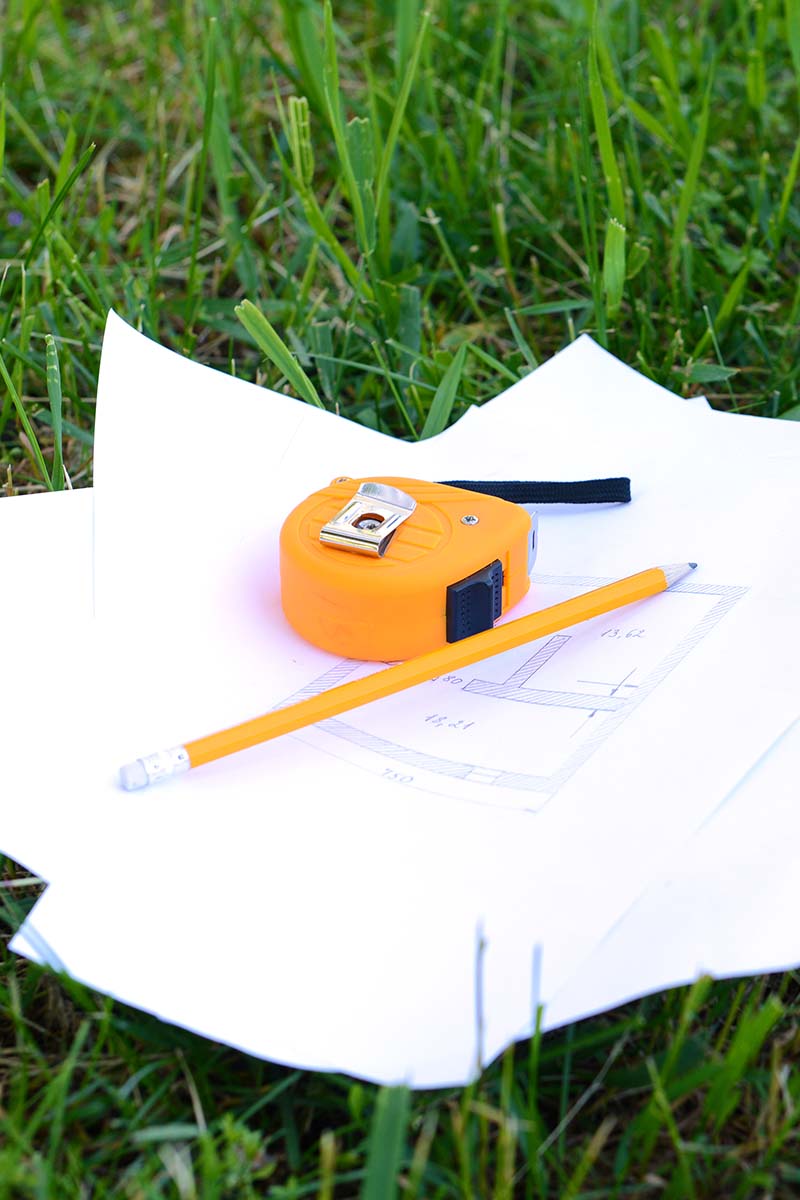
The best way to organize all of this information is by writing it all down in a garden journal. You can find some of our favorites in this roundup.
A good journal is indispensable. Choose one that you can use for several consecutive years as this will help you to identify patterns and trends such as pest infestations, crop successes and failures, and changes that you can make to improve your outcome at harvest time.
Plain graph paper can also be used, although most journals include graph pages for layout planning. Use the grid to create a scale model of your space so you can play with different arrangements.
Now, you just need to figure out what you want to grow.
Deciding What to Plant
After you have the lay of the land, you can decide which crops you’d like to grow. One of the primary considerations to make here pertains to size – how much area will each type of produce need to allow for adequate room as it matures?
Start by making a list of the vegetables you enjoy eating, and consider what percentage of your total diet you’d like to be able to pick from the garden.
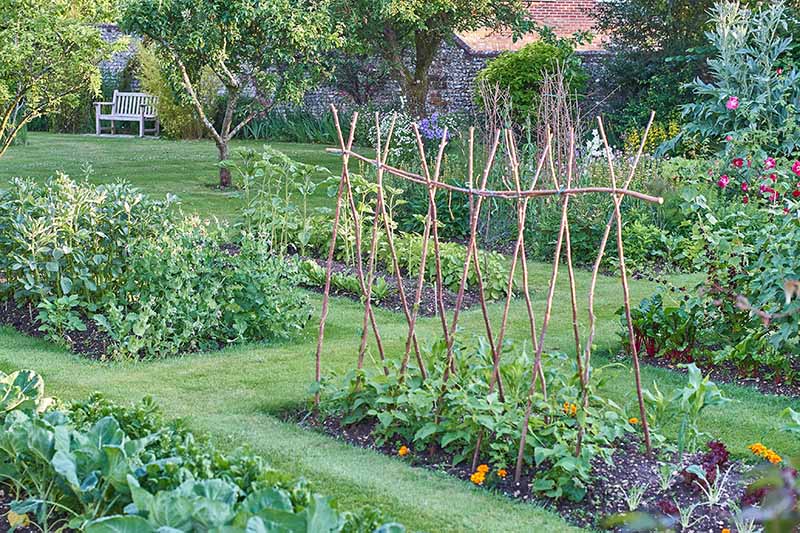
Research the mature size, or spread, of each type so you can plan for the amount of square footage each will need. And consider height as well, as tall plants can overshadow shorter ones growing in close proximity.
Once you have an idea of the spread of each, you can better decide which to include and how many of each you’ll need to provide for each person that will be enjoying your yield.
For example, if you don’t have enough space to add more than one pumpkin vine to your plot, you may want to choose something else instead, since you won’t get much produce from one vine.
Next, use the data that you’ve collected to decide which of the varieties you’d prefer to grow will fit your specific circumstances. If you have some shady zones, you can include leafy greens and root vegetables, herbs, and brassicas that will enjoy the cool shade for part of the day.
Bright, sunny spots are perfect for nightshades such as tomatoes and peppers, as well as squash and beans.
You can also make use of wet zones by planting perennial plants such as berry bushes or asparagus that will enjoy the extra moisture.
With this list of veggies (and fruits!) and the layout and conditions of your plot in mind, you should do some research to determine which varieties make the best companions. Some aren’t suitable neighbors.
If a lack of available space in your yard restricts the size of your garden, get creative and employ some of the many methods available to you to expand beyond the borders of your beds. Adaptations can also be planned out in this step.
Methods to Consider
There are a number of ways that you can increase your territory, make chores and caretaking easier, or even plant vegetables that don’t fit well in the existing conditions. Let’s take a look at some of those options.
Vertical Gardening
One option for increasing available area is vertical gardening. Using trellises can increase the number and types of plants you can grow.
This pea fence from Lehman’s Hardware can be expanded horizontally, and this a-frame garden trellis, also from Lehman’s, offers two sides for climbing plants to grasp.
This method is perfect for including vegetables such as cucumbers and pumpkins in the garden without dedicating half of your ground to their sprawling vines.
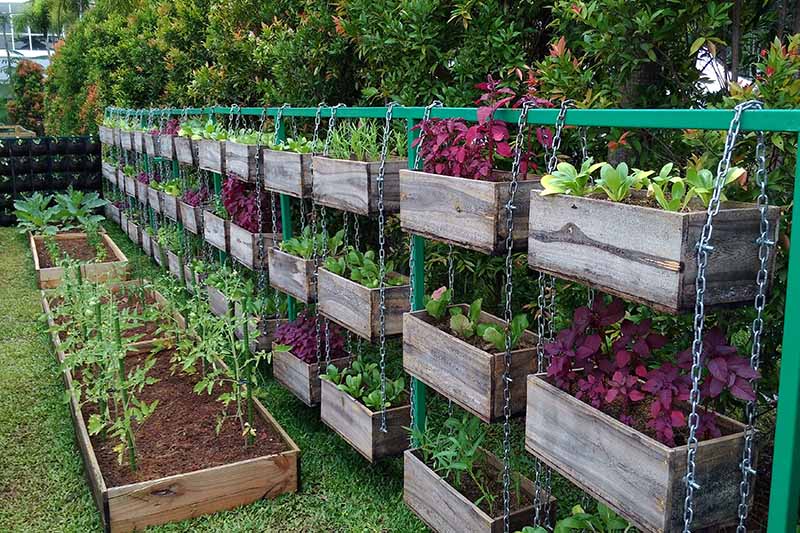
Vertical growing also works perfectly for smaller plants with shallow root systems, like lettuce and spinach. You can hang pots or recycled materials, such as two-liter bottles, from a fence or other structure.
Learn more about vertical gardening here.
Square Foot Gardening
The square foot method has been around for over 40 years. You can pack a lot of variety into a relatively small plot with this technique as you use a grid pattern of square foot blocks to section your rows.
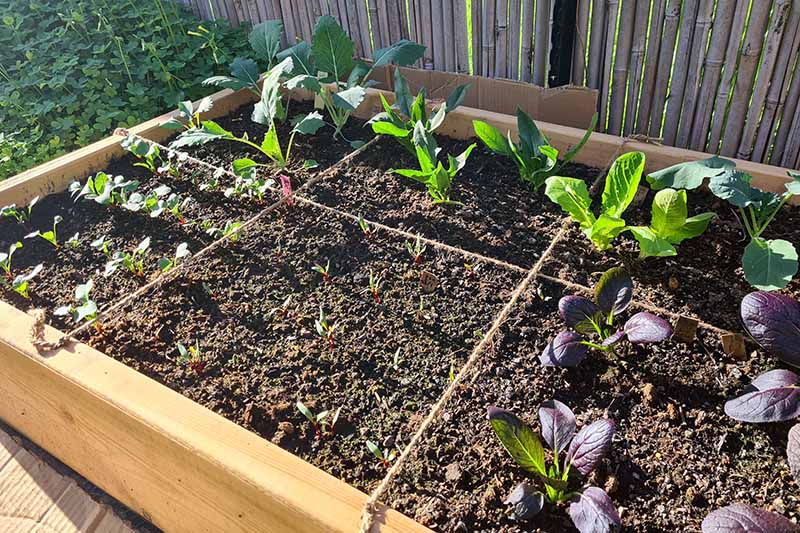
This method has its pros and cons. You can increase the number of different types of vegetables that you can produce but you may sacrifice a bit of potential yield. Closely grown crops significantly reduce weed growth but can stifle air circulation and more easily spread disease.
It’s especially important to use companion planting methods to avoid the latter of those issues; however, the square foot technique can produce great results in an urban setting where it can be a challenge to garden at all.
Learn more about planning a square foot garden in our guide.
Container Planting
There are a few reasons why container growing is perfect for expanding your plot.
If you have a very small area to work with, there are many vegetables that will be right at home in a container.
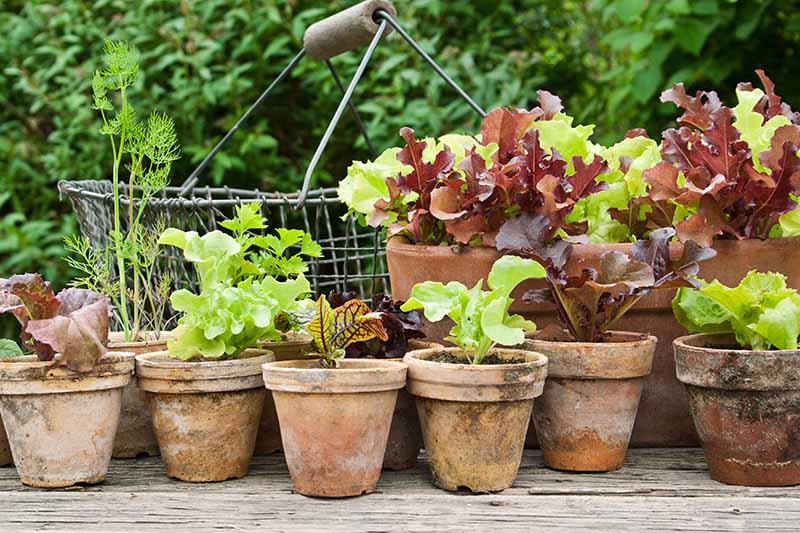
Some vegetables that might not fare well in your growing conditions can still be grown in pots and moved to better-suited places, such as the patio or a sunnier or shadier location.
You might also choose a container if you have a sprawling variety that will take up a lot of space in the garden beds and you’d rather pot it with its own trellis.
Learn all about growing vegetables in containers in our comprehensive guide.
Raised Beds
You’ve most likely seen raised beds as they’re widely used and trusted for making manageable sections or beds.
Elevating your growing zone above the ground allows you to provide richer soil in the smaller dimensions of the bed rather than dealing with the entire area of the plot, if your soil is generally poor.
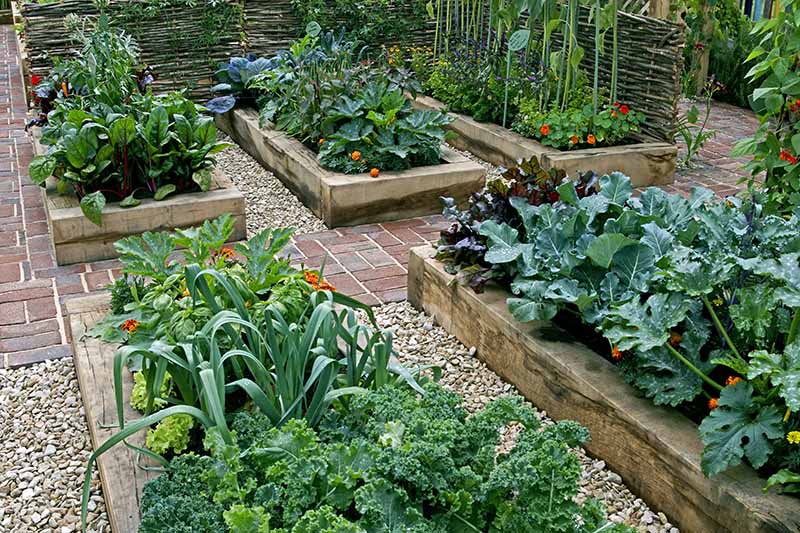
They can be built in any width, depth, and configuration that you need and even raised to waist level to eliminate the need for bending and reaching. You can also add some row covers or netting to protect your plants from hungry critters.
Honestly, there are too many benefits to list here – we’d be here all day! Instead, check out our raised bed guide to learn all about them.
After deciding which of these methods will work best for you, the next step is learning how to document your results. Why is this important? Read on, I’ll explain.
Keeping Track
Making notes throughout the season is a vital part of planning your garden for the next year.
If you don’t keep track of your results, it can be difficult or impossible to remember important information, like rows or beds to rotate with other crops to prevent the spread of disease or pest infestation, or which fertilizers worked best for which plants.
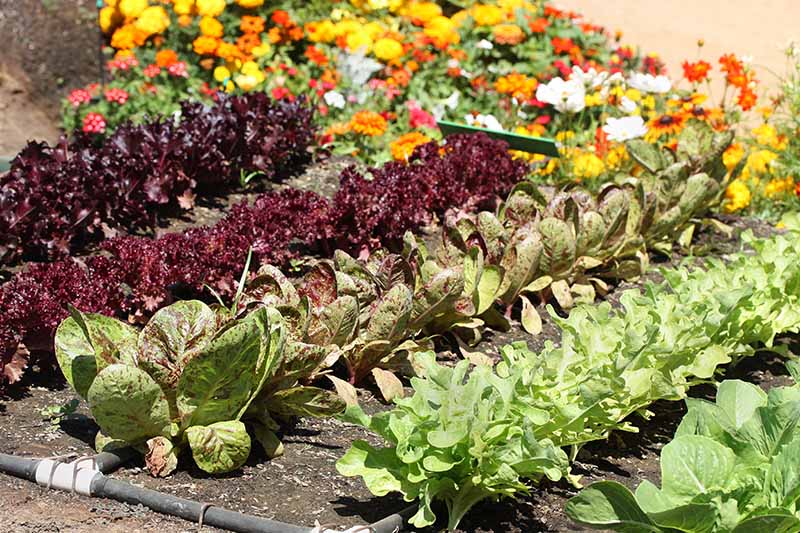
Having a clear, concise record of the outcome of each growing season and the methods and preparations you used will make starting over next year much easier. Eventually, it’ll help you to develop a rhythm that can become second nature.
In the first section of this guide, I mentioned garden journals. Arranging all of this information in a clear order makes it easy to flip back to last year and consult your practices, whether they were successful or needed improvement.
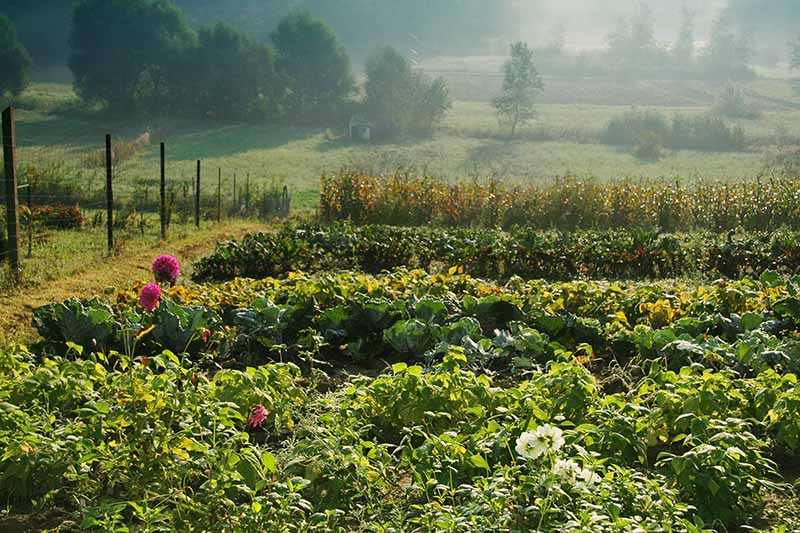
There are also apps and websites that you can use to store the data and notes you collect, if you’re more comfortable using technology and forgoing hard copy.
Add notes about which seed companies you had the best germination rates from, what time of year you tilled the soil and added manure or fertilizer, which vegetables suffered from infestations of pests that might overwinter in the soil, and any other information you might need.
Beginners and Seasoned Gardeners Alike Need a Plan
If you’re a new gardener, parts of this process might feel a little overwhelming. Breaking it into bite-sized pieces over a longer period of time can help to prevent overload.
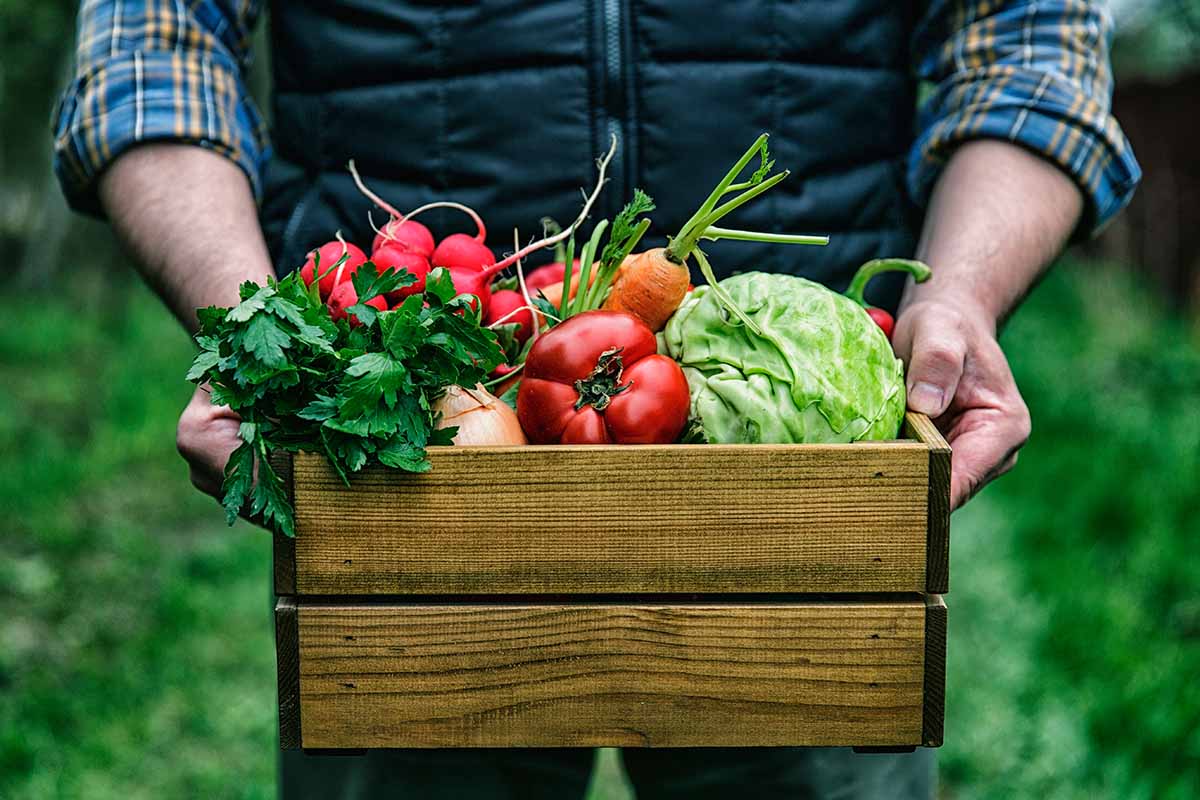
Starting to plan the year before or well in advance allows time to find your groove. Using methods that simplify and make caretaking easier can help as well.
What methods have you tried? We’d love to see what you’ve come up with and hear about your results!
Still have questions? We’re here for you – feel free to ask in the comments section below.
If you need more information on designing your vegetable garden with tips that are specific to your growing conditions, these articles might provide exactly what you’re looking for:
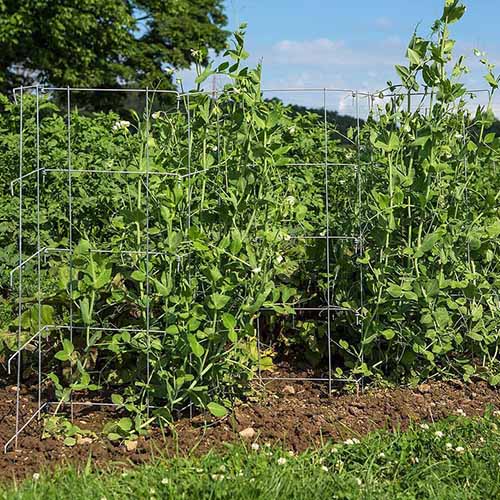
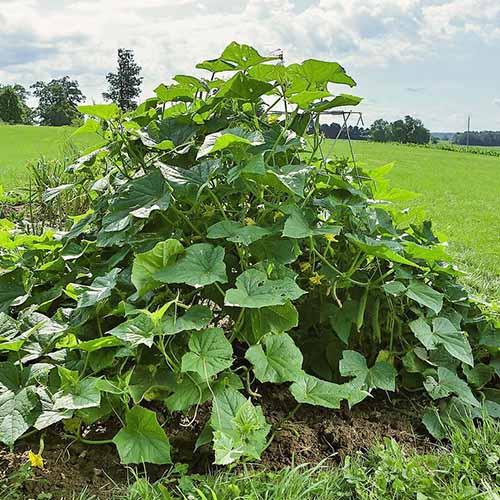

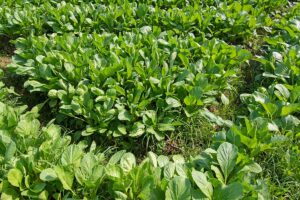
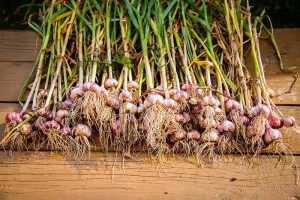
Very useful information for growing our own greens. Thank you for sharing. Dr. Eshetu Wondimagegne, The Norfolk African community Association organic allotments programme, Norwich, UK
Thank you Dr. Wondimagegne, I’m glad you found it helpful!